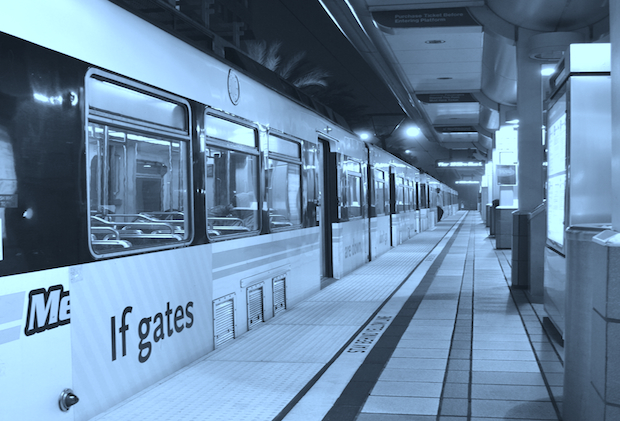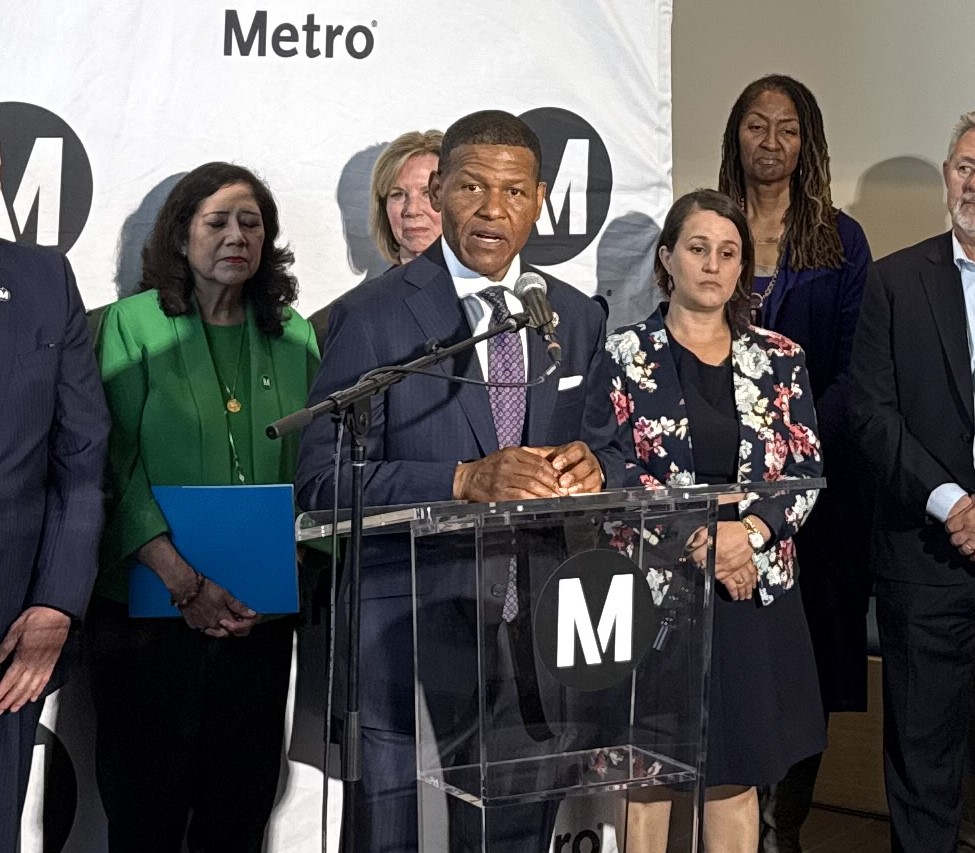After nearly a quarter of a century in operation, Los Angeles County’s oldest and most popular light-rail line—Metropolitan Transportation Authority (Metro)’s Blue Line—will see a six-year, $1.2B overhaul.
The massive capital project will be funded through Measure R, the $40B, half-cent sales tax initiative overwhelmingly passed by Angelino County voters in 2008 in order to relieve traffic issues and upgrade transportation efforts across the span of thirty years. This comes at a perfect time: Metro currently faces an operating deficit of some $36.8M over the next two years, which has prompted the possibility of several fare increases.
Even more, the upgrades are severely needed in what is one of the nation’s most heavily used light-rails: 90,000 people board it every day as it passes along its 22-mile stretch between Downtown Long Beach and Downtown LA—and largely, it services areas which are deeply concentrated with folk who depend on transit. As noted by current mayoral candidate and Vice Mayor Robert Garcia, Long Beach has been “aggressively advocating for change and improvements along the Blue Line for years.”
The overhaul follows the $260M already spent by Metro on the Blue Line in regard to upgrading crossings, signal lights, and lights on the trains themselves.
“The thing that people are going to immediately notice is new painting and brand new cars,” said Paul Gonzales, Senior Media Relations Officer for Metro. “We’re going to be spending upwards of $739M on new cars and upgrades to existing cars.”
The upgrades to existing cars will involve an entire stripping—inside and out with some even stripped down to their chassis—ultimately resulting in new painting, new floors, and new interiors, or what Gonzales described as “essentially brand-new remodeled cars” in addition to the newly purchased cars.
The first of the new cars will arrive in August of 2015 and continue to be added through 2019.
In regard to direct infrastructure, i.e. the track itself and the catenary lines, the major changes will be in the Long Beach area. Tracks stretching from Willow to the Downtown Long Beach transit mall will be replaced entirely due to corrosion on the tracks that has been building up over the decades. Catenary lines in both Downtown Long Beach and Downtown L.A. will be replaced.







